Image of 1967 Mercury Monterey, sourced from www.classicautomall.com , Image Link.
Performance Metrics
Fundamental Metrics
Emotional Appeal
MMP Rating
| Engine Specifications | |
|---|---|
| Engine: | 390 CID V8, 410 CID V8, 428 CID V8 |
| Displacement: | 390-428 cubic inches |
| Horsepower: | 270-345 hp |
| Torque: | 405-462 lb-ft |
| Compression Ratio: | 10.5:1 |
| Ignition System: | Conventional distributor and coil |
| Cooling System: | Liquid-cooled |
| Performance Specifications | |
| 0-60 Time: | 8.0-9.0 seconds |
| 1/4 Mile Time: | 16.0-17.0 seconds |
| Top Speed: | 120 mph |
| Transmission and Drive | |
| Drive Type: | Rear-wheel drive |
| Transmission Type: | 3-speed automatic or 4-speed manual |
| Fuel and Efficiency | |
| Fuel System Type: | Carburetor |
| MPG: | 10-12 mpg |
| Dimensions and Brakes | |
| Brakes: | Front disc and rear drum brakes |
| Wheelbase: | 123 inches |
| Weight: | 3,800-4,000 lbs |
Note: Specifications for classic cars are given to the best of our ability, considering the limited and variant data available.
1967 Mercury Monterey: A Blend of Luxury and Muscle
The 1967 Mercury Monterey emerges as a testament to American automotive prowess, a vehicle that seamlessly blended luxury with muscle during an era when cars were not just modes of transportation but symbols of personal expression. Born from the ambitious minds at Mercury, a division of the Ford Motor Company, the Monterey was designed to offer a sophisticated driving experience while still providing the power and presence that car enthusiasts of the 1960s craved.
During its time, the Monterey stood out for its unique combination of style, comfort, and performance. It was a car that could ferry a family in plush comfort while still turning heads on Main Street with its sleek lines and throaty V8 rumble. A notable moment in its history was when it served as the pace car for the Pikes Peak Hill Climb, showcasing its versatility and performance pedigree.
Design and Innovation
The 1967 Mercury Monterey's exterior styling was a harmonious blend of muscular contours and elegant detail. Its long hood and short deck profile exuded a sporty yet refined aesthetic. The stacked headlights and broad grille gave it an authoritative face, while the gentle sweep of its rear fender lines hinted at its Ford Galaxie cousin.
Inside, passengers were greeted with a cabin that prioritized comfort and luxury. The use of high-quality materials such as rich vinyls and optional leather upholstery spoke to Mercury's commitment to craftsmanship. Technological features for its time included an AM radio, power steering, and optional air conditioning—a luxury in those days.
Color options ranged from subdued to vibrant, with hues like "Lime Frost" and "Cinnamon Frost" being popular choices among buyers who wanted to stand out. The Monterey came in various body styles including two-door convertibles, four-door sedans, and hardtop coupes. The most iconic was arguably the two-door hardtop coupe, which perfectly captured the spirit of '60s American automotive design.
Historical Significance
The 1967 Mercury Monterey made its mark by offering an alternative to the more common offerings from Chevrolet and Pontiac. It helped bridge the gap between full-blown luxury cruisers and pure muscle cars. Its significance lies in how it encapsulated the era's trends—bigger engines in more luxurious cars—while maintaining an identity distinct from its Ford counterparts.
Performance and Handling
Under the hood, many Montereys housed a robust 390 cubic inch V8 engine that propelled this sizable car with surprising agility. Top speed was respectable for its class, while acceleration from 0-60 mph took place in under 10 seconds—a quick feat for such a substantial vehicle.
The ride quality was smooth, absorbing bumps with ease thanks to its soft suspension setup. Handling was what one would expect from a large cruiser; it wasn't nimble by sports car standards but offered a reassuring stability on windy roads. The engine's rumble provided an acoustic backdrop to every journey, adding to an immersive driving experience that felt both powerful and poised.
Ownership Experience
The Monterey served various roles—from daily driver to weekend show car—and even found its way onto local drag strips. Owners appreciated its reliability and straightforward mechanics which made maintenance relatively easy for those with basic automotive knowledge.
Fun Facts
This model year saw some Montereys leaving the factory with rare options like the Super Marauder 428 V8 engine or luxurious 'Breezeway' rear windows. While not known for breaking speed records, it held its own in sales figures and customer satisfaction. Celebrity ownerships added to its allure; even Elvis Presley owned a Mercury Monterey at one point.
Collector's Information
Today, the value range for a well-maintained 1967 Mercury Monterey can vary widely based on condition, originality, and options. While production numbers were not as low as some of its contemporaries (estimates suggest tens of thousands were produced), finding one in pristine condition is becoming increasingly rare. Values have been appreciating slowly over time as more enthusiasts seek out these unique examples of American automotive history; prices can range anywhere from $10,000 for a project car to upwards of $50,000 or more for concours-quality examples.
Conclusion
The 1967 Mercury Monterey stands as a proud piece of Americana—an embodiment of '60s optimism where cars were designed with passion and individuality. Its combination of luxury appointments and robust performance makes it an enduring classic that continues to captivate collectors and enthusiasts alike.
1967 Mercury Monterey Catalog of Parts
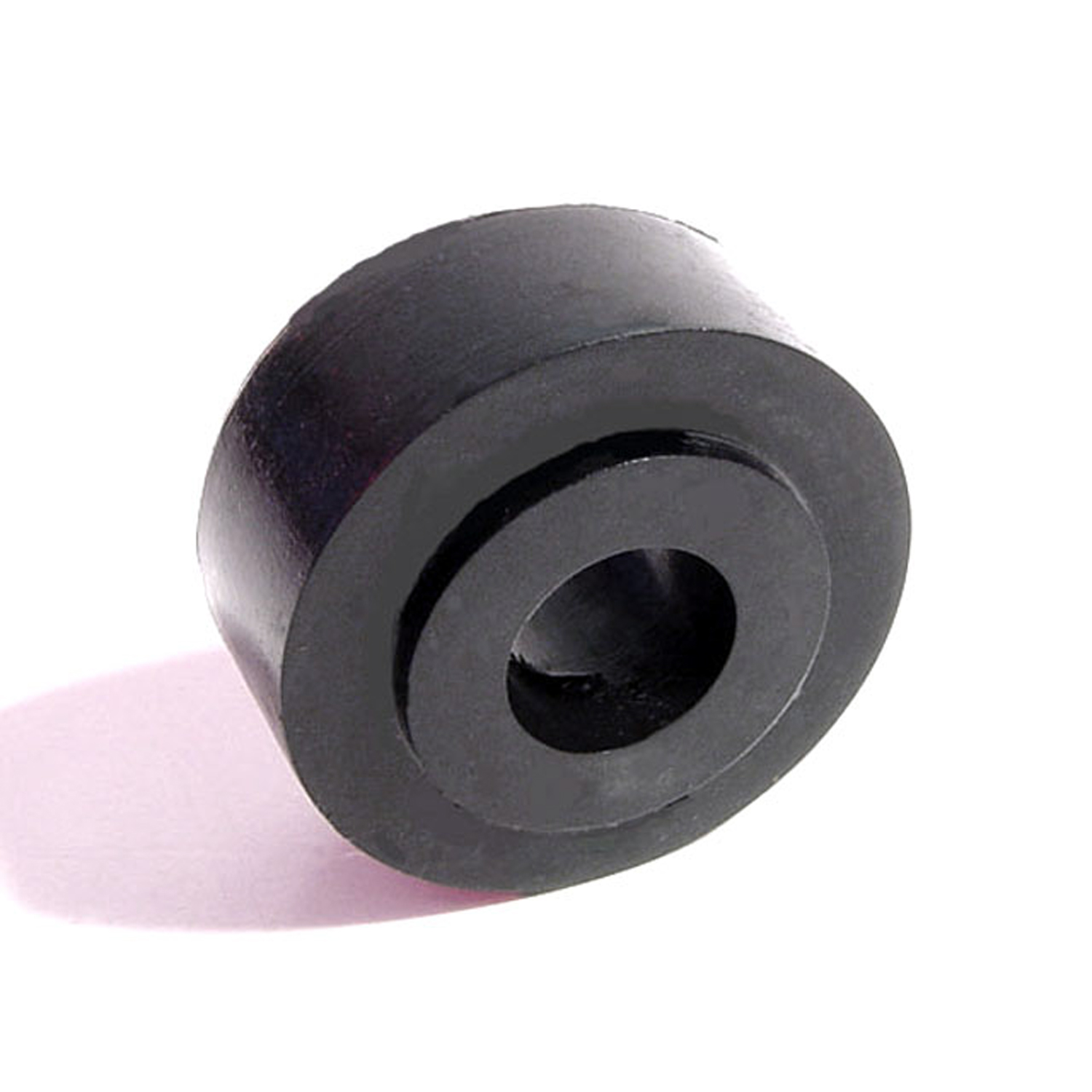 1967 Mercury Monterey Shock Absorber Grommet. 1-1/4" bottom O.D., 1" high-BN 12Shock Absorber Grommet. 1-1/4" bottom O.D., 1" high., with 3/4" I.D. Each
1967 Mercury Monterey Shock Absorber Grommet. 1-1/4" bottom O.D., 1" high-BN 12Shock Absorber Grommet. 1-1/4" bottom O.D., 1" high., with 3/4" I.D. Each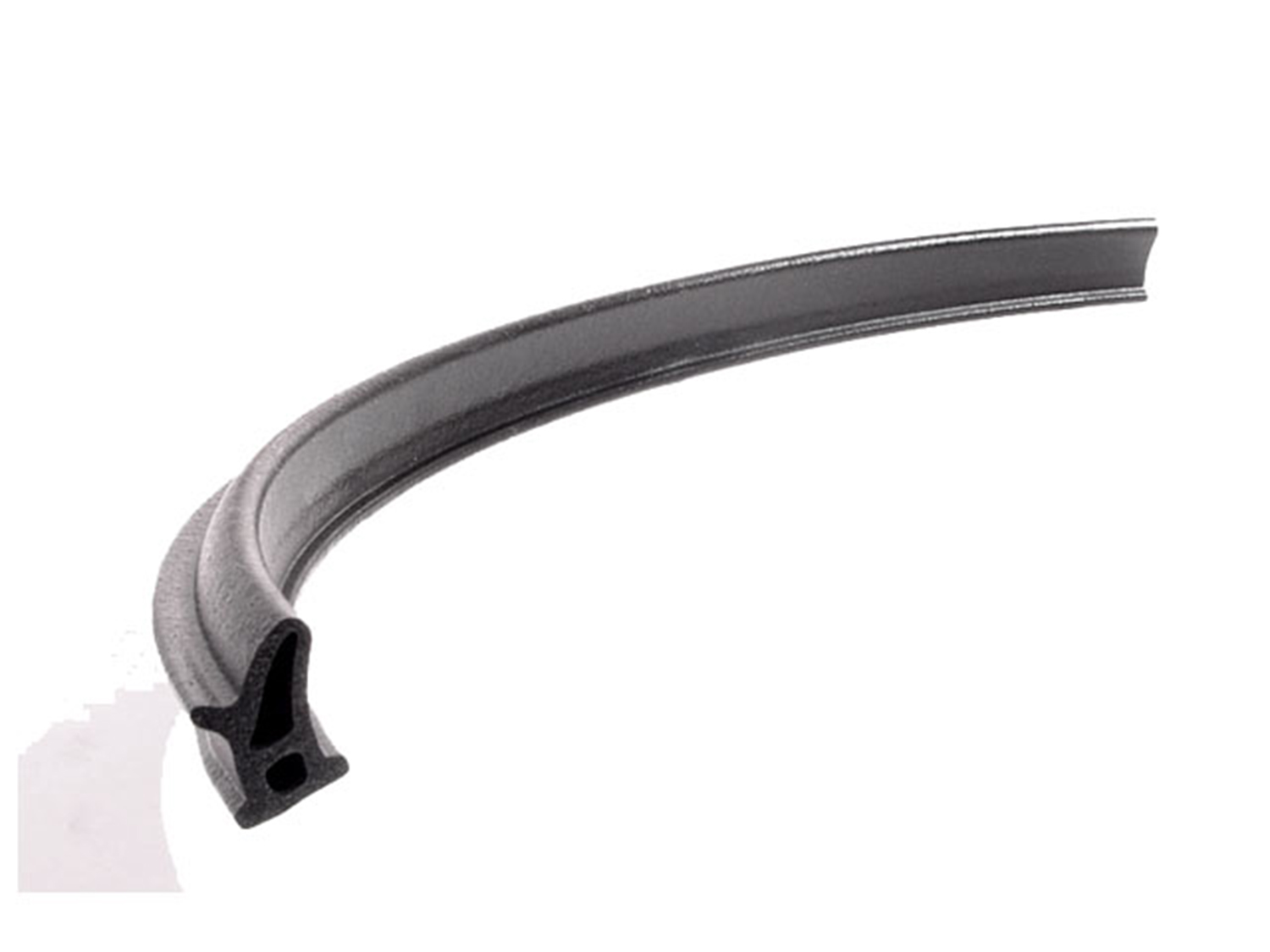 1967 Mercury Monterey Door Side Seal extrusion with proper installation clips-C/LP 40-FDoor Side Seal extrusion with proper installation clips. Clips installed 4" on center. Sold by the foot.
1967 Mercury Monterey Door Side Seal extrusion with proper installation clips-C/LP 40-FDoor Side Seal extrusion with proper installation clips. Clips installed 4" on center. Sold by the foot.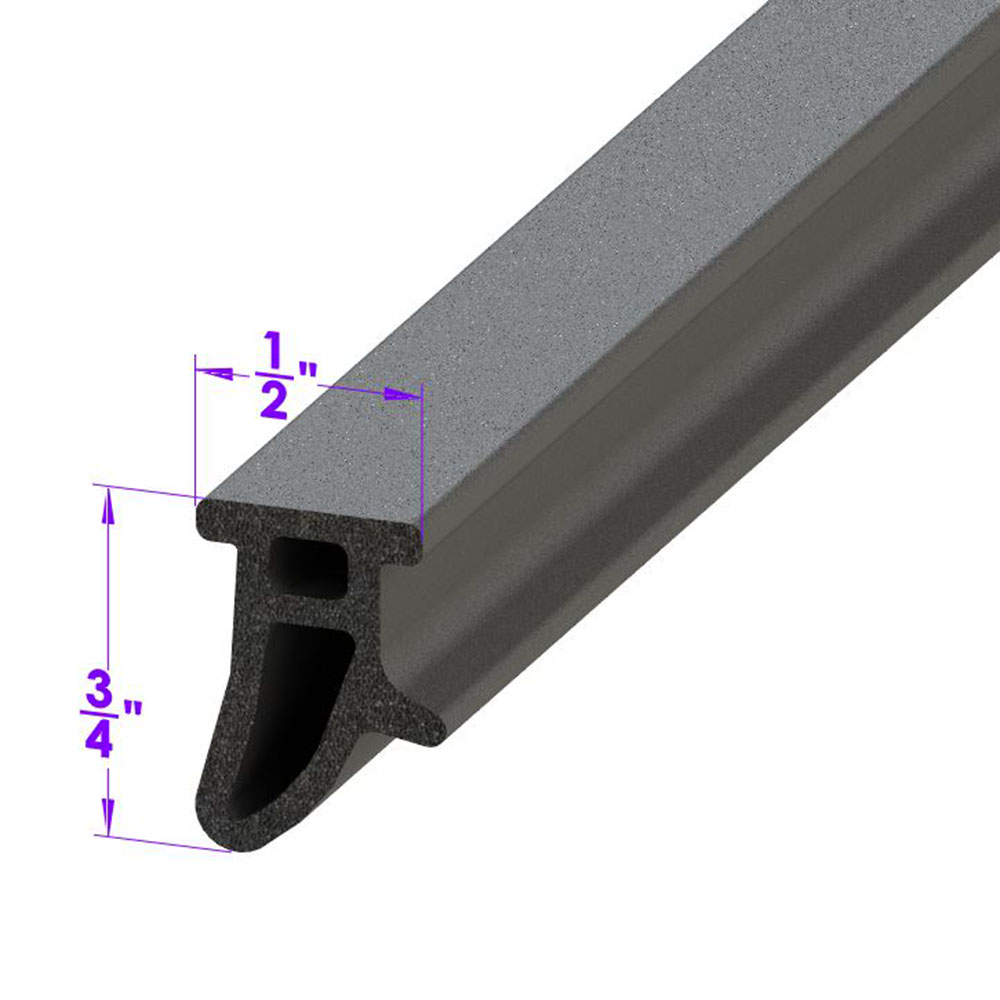 1967 Mercury Monterey Door Side Seal, Without Clips (for seal with clips-LP 40-FDoor Side Seal, Without Clips (for seal with clips, see C/LP 40-F). Sold by the foot
1967 Mercury Monterey Door Side Seal, Without Clips (for seal with clips-LP 40-FDoor Side Seal, Without Clips (for seal with clips, see C/LP 40-F). Sold by the foot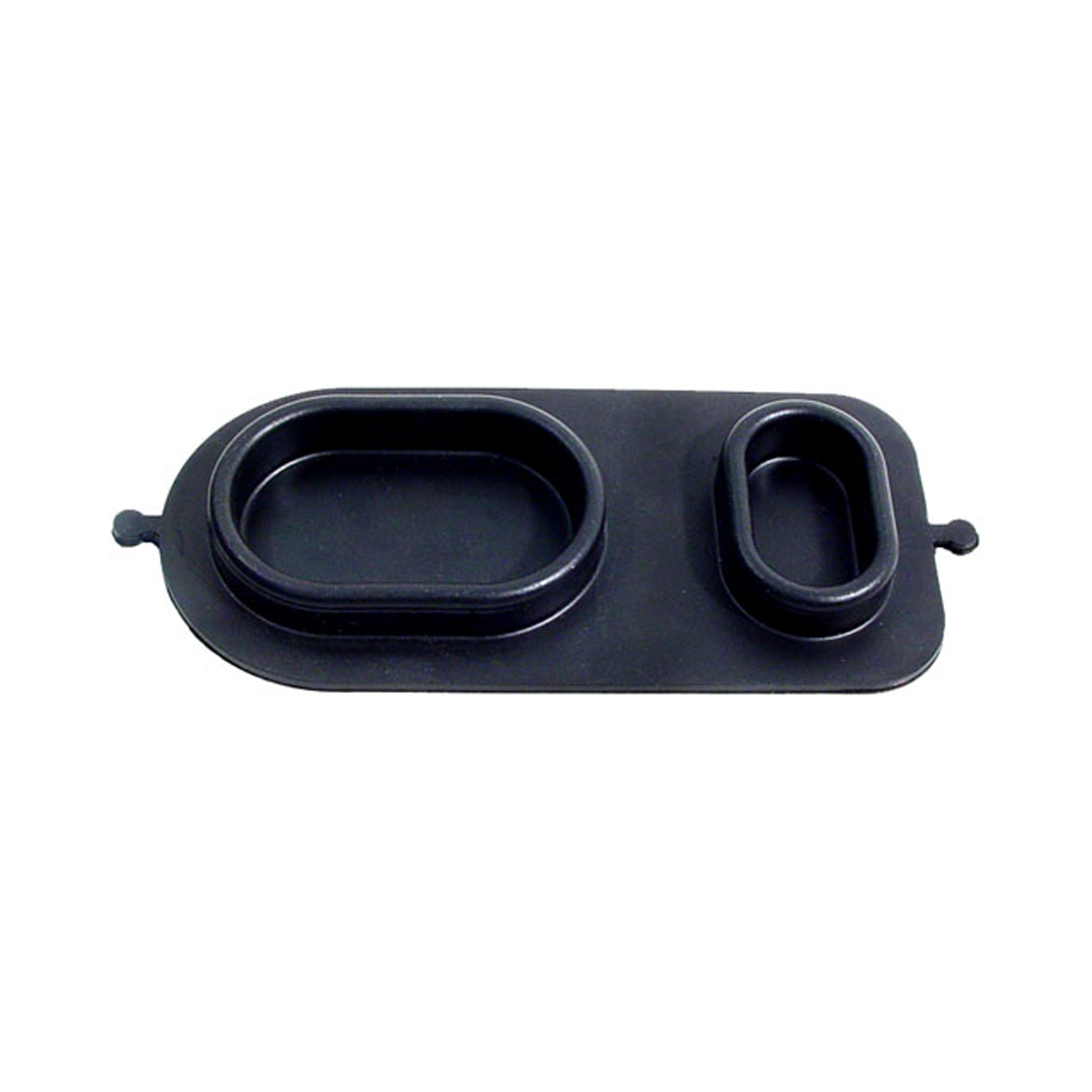 1967 Mercury Monterey Brake Master Cylinder Cover Seal. Replaces OEM #5470861-RP 2-CBrake Master Cylinder Cover Seal. Replaces OEM #5470861. 5-9/16" long, 2-5/8" wide. Each
1967 Mercury Monterey Brake Master Cylinder Cover Seal. Replaces OEM #5470861-RP 2-CBrake Master Cylinder Cover Seal. Replaces OEM #5470861. 5-9/16" long, 2-5/8" wide. Each 1967 Mercury Monterey Brake Booster Boot. Each-RP 32-AABrake Booster Boot. Each
1967 Mercury Monterey Brake Booster Boot. Each-RP 32-AABrake Booster Boot. Each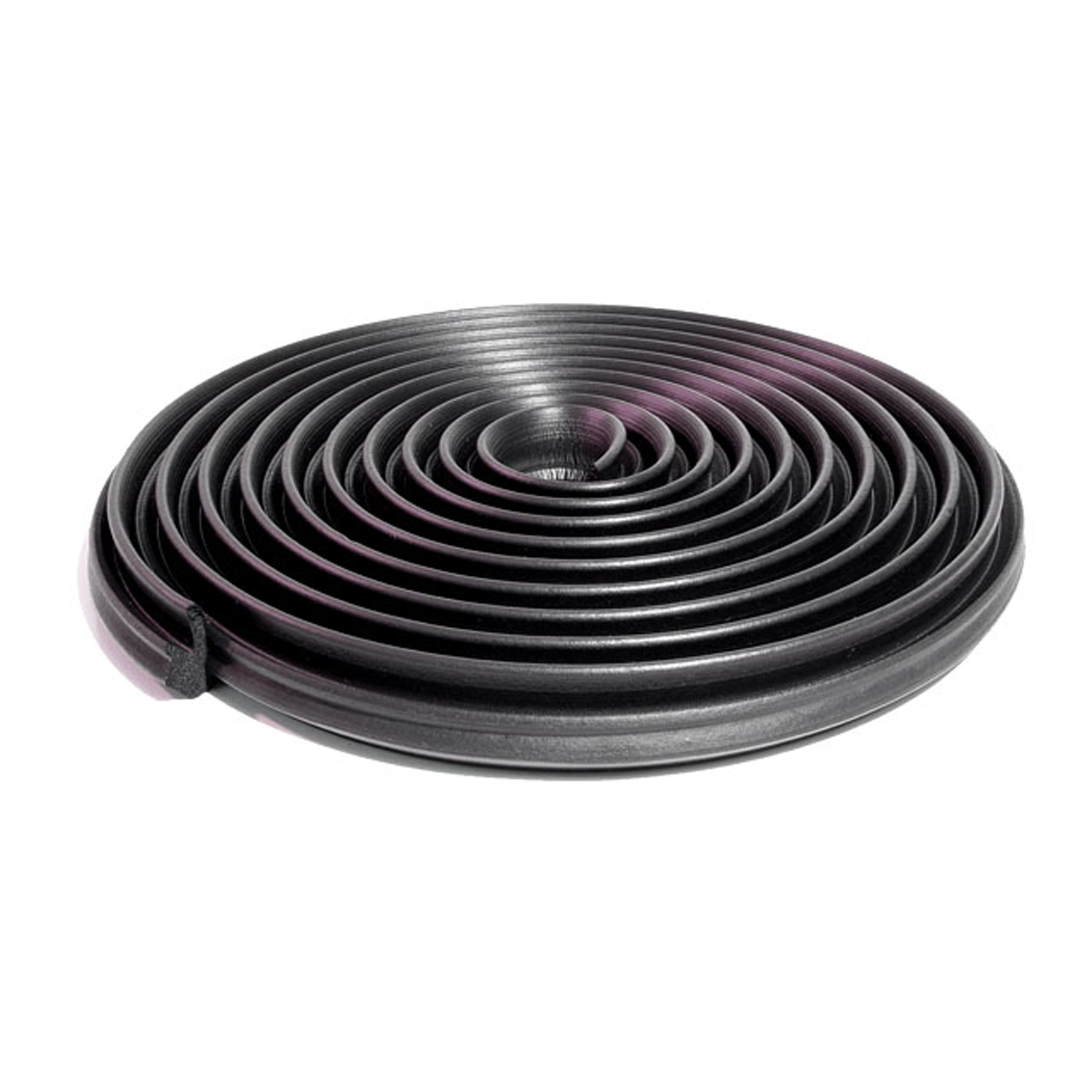 1967 Mercury Monterey Trunk Seal. 18 feet long. Each-TK 51-18Trunk Seal. 18 feet long. Each
1967 Mercury Monterey Trunk Seal. 18 feet long. Each-TK 51-18Trunk Seal. 18 feet long. Each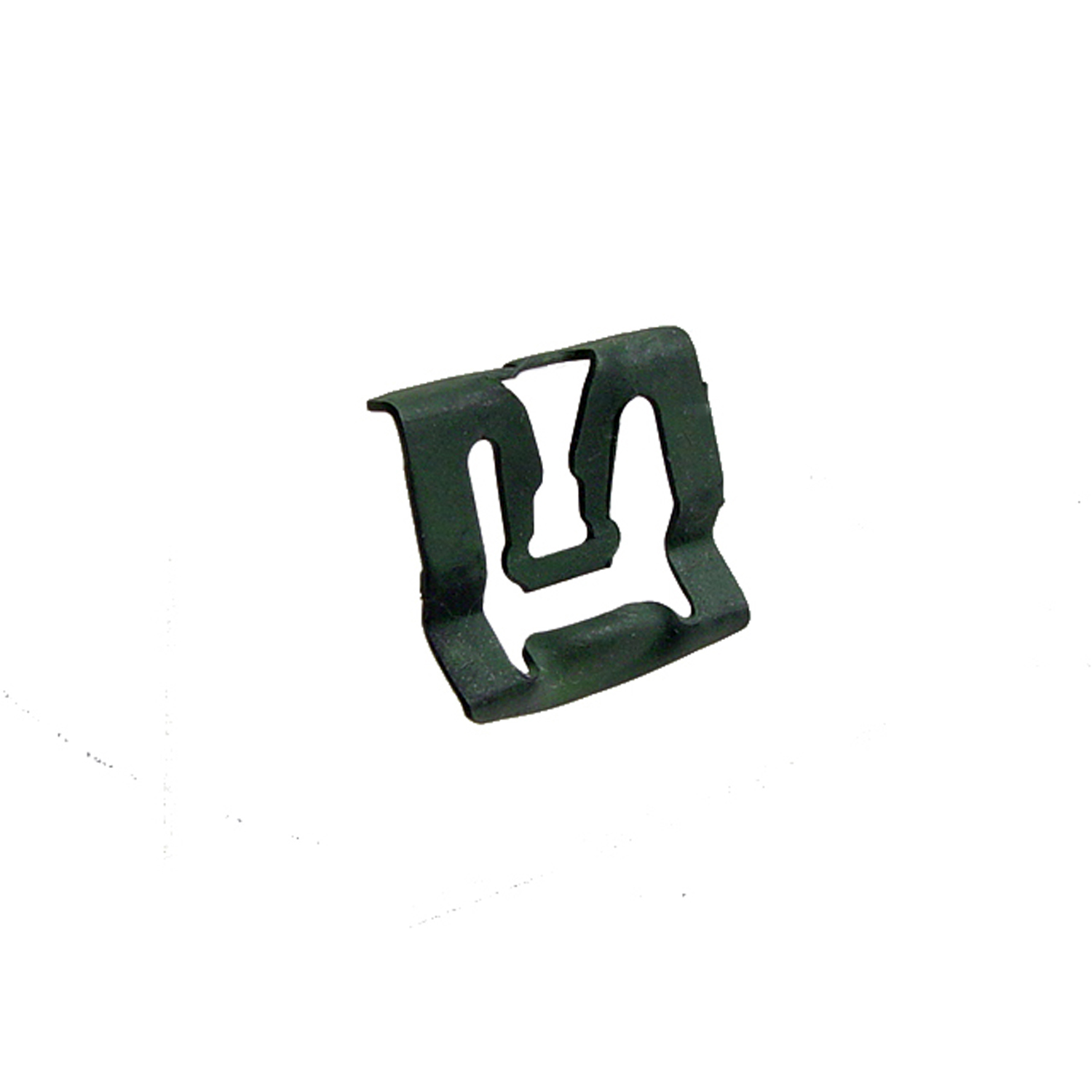 1967 Mercury Monterey Windshield Reveal Molding Clip. Made of steel. Each-WF 228-AWindshield Reveal Molding Clip. Made of steel. Each
1967 Mercury Monterey Windshield Reveal Molding Clip. Made of steel. Each-WF 228-AWindshield Reveal Molding Clip. Made of steel. EachWhy Choose Metro?
For over 100 years, Metro Moulded Parts has been the pinnacle of quality in classic car restoration parts. Our commitment to precision and authenticity in every component ensures a perfect fit and an OEM-level appearance.
- Expert Craftsmanship & Quality: Each part is a testament to our dedication to reliability and perfection, crafted from original designs and thoroughly tested.
- Advanced Technology: We use cutting-edge techniques to create flawless, long-lasting parts that surpass others in performance.
- SuperSoft Sponge – The Ultimate Door Seal: Not only are our door seals 30% softer than competitors', but they're also guaranteed to never leak. They effectively reduce wind and road noise, enhancing your classic car's comfort and driving experience.
- Proudly American: Our parts are a product of American craftsmanship, made in the USA with a spirit of excellence and heritage.
- Unrivaled Warranty: We back our products with a 30-year industry-leading warranty, a testament to our confidence in their quality.
Join us in preserving the legacy of classic cars with parts that are crafted for perfection, not just made.

